The Design Commission has approved two seven story mixed use buildings proposed by developer Cairn Pacific on South Waterfront Blocks 41 and 44. The buildings, designed in partnership by Jones Architecture and GBD Architects, will together include 524 residential units. Landscape design for the development is being done by PLACE.
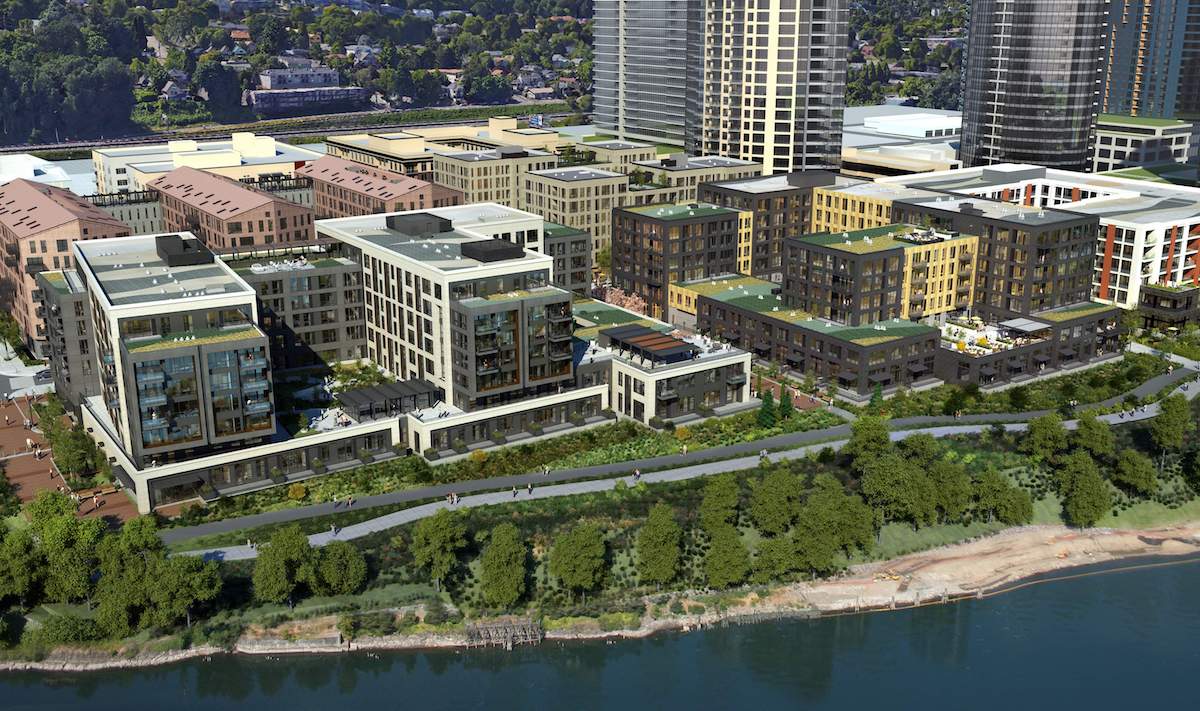
Blocks 41 and 44 will be located on vacant land owned by the Prometheus Real Estate Group of San Mateo, CA. The site will be bound by the extensions of SW Lowell St, River Parkway, Lane St and the Willamette Greenway trail. Development on the two blocks to the west, Blocks 42 and 45, was also recently approved.
The development will complete the missing link in the Willamette Greenway trail between the Block 37 and the Old Spaghetti Factory. A condition of the land division for the site requires that prior to the occupancy of the first of the two riverfront buildings the developer must install, at a minimum, one of the required twin greenway trails. Alternatively, the developer is allowed to show evidence that they have entered into a mutually acceptable development agreement with Portland Parks & Recreation to build the trails and greenway improvements.
Block 41
Block 41 will include 239 residential units, including 16 at-grade walk up apartment units. Ground floor retail spaces will be located facing SW River Parkway. 185 vehicular parking spaces and 271 long term bicycle parking spaces are proposed. The approved design replaces an earlier concept by GBD Architects for another developer, which would have seen the block developed alone.
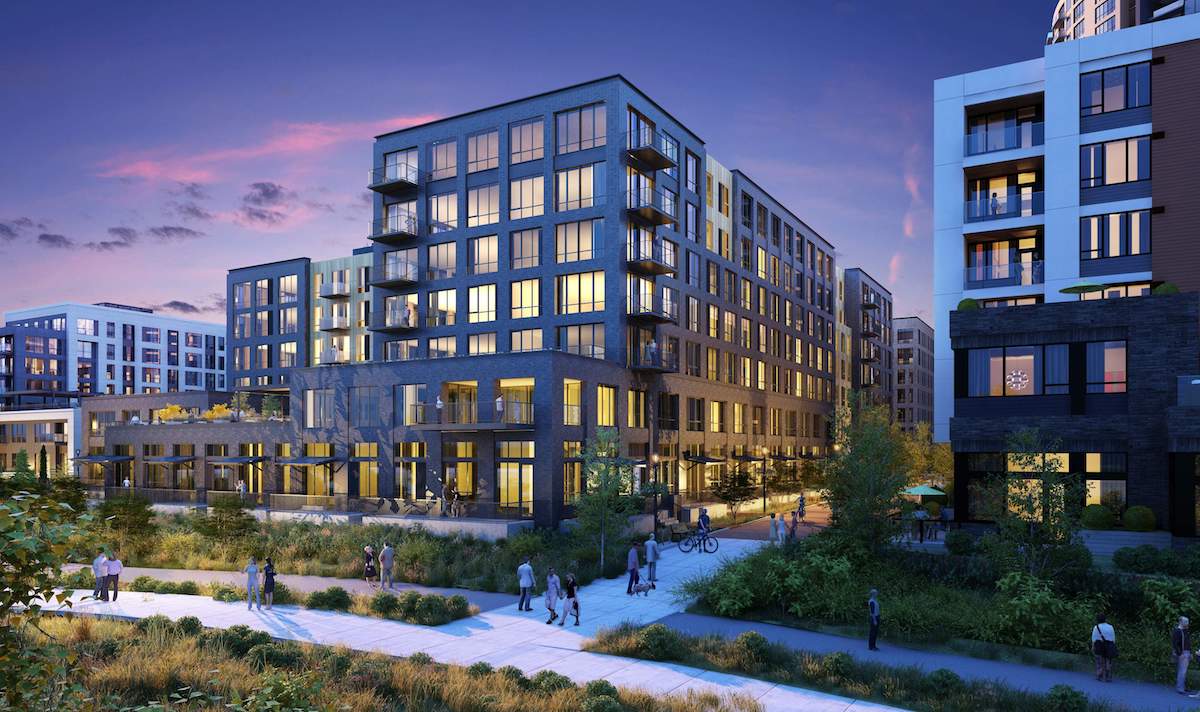
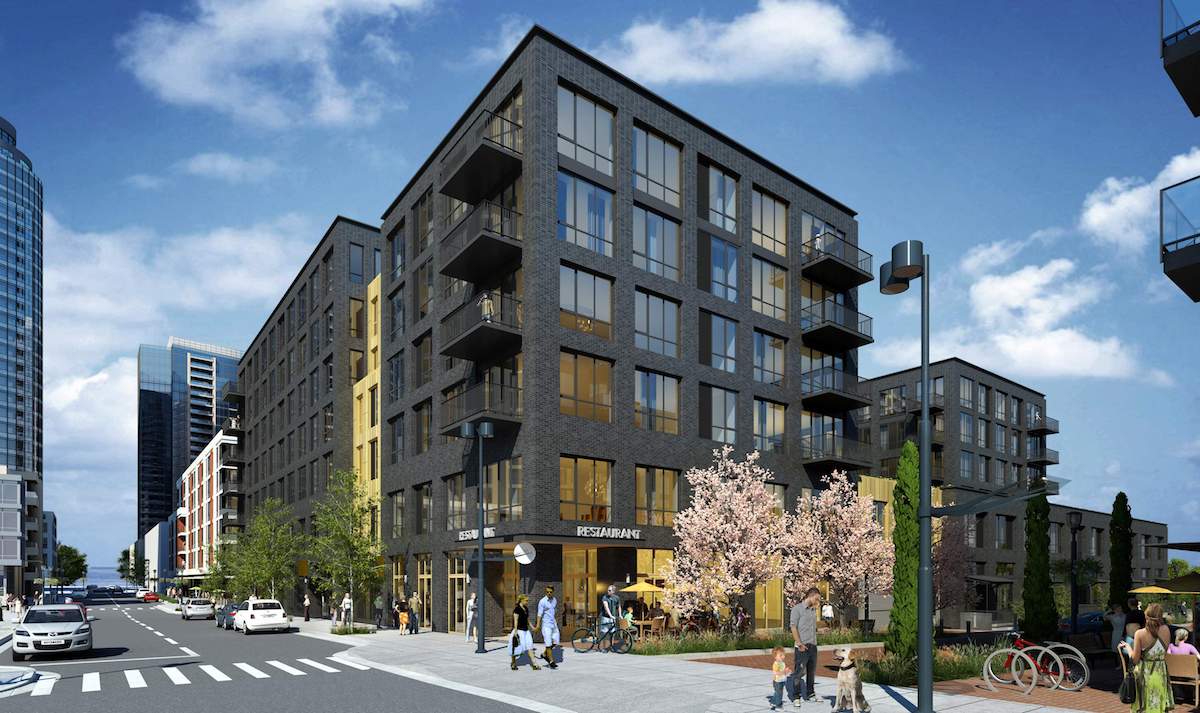
Primary materials for Block 41 include brick, fiber cement panels in grey and gold, vinyl windows, painted steel canopies, and aluminum storefront.
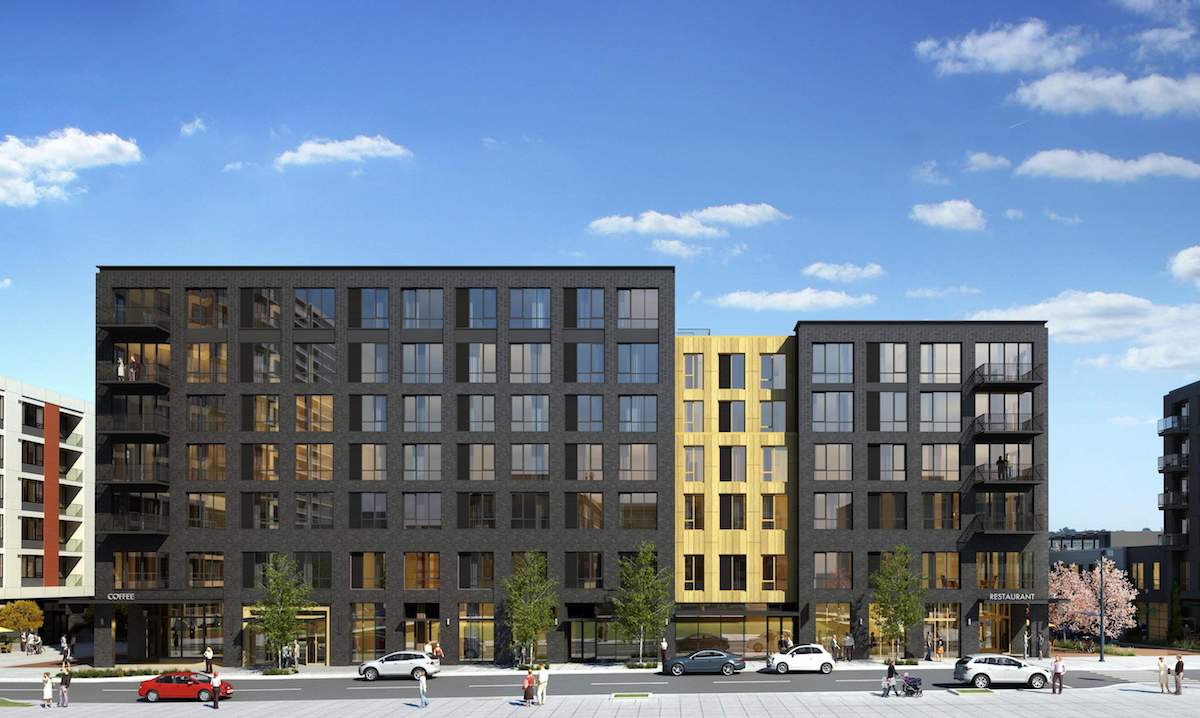
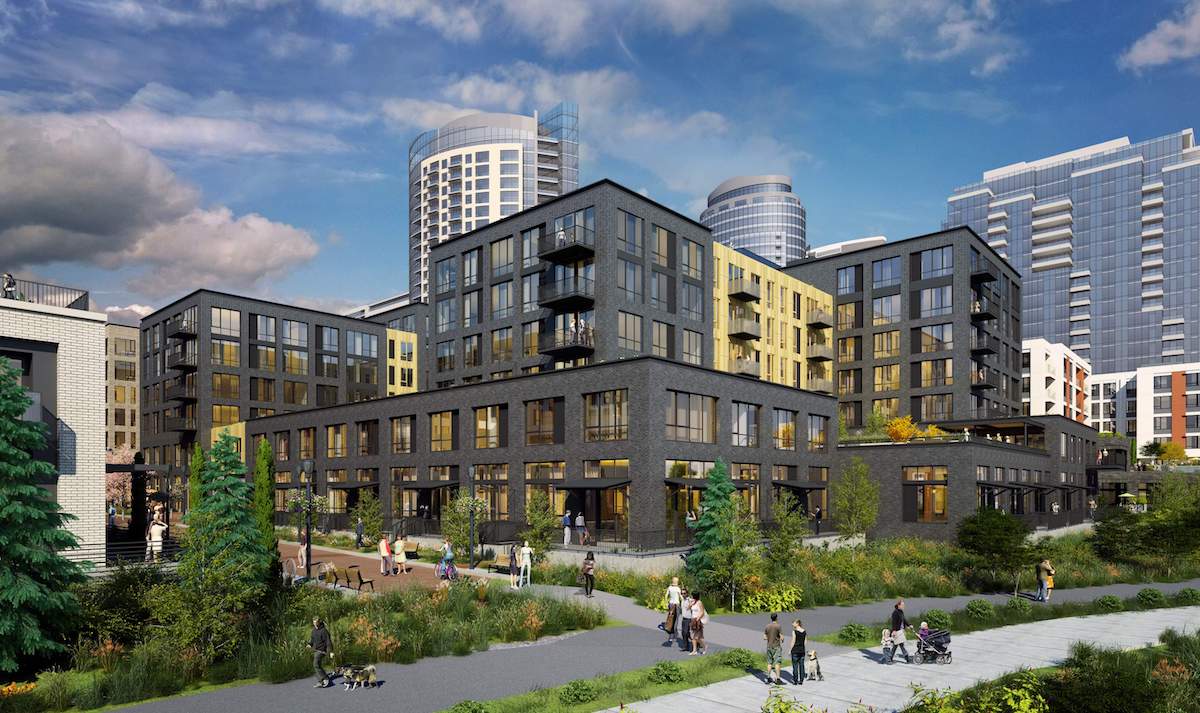
Block 44
Block 41 will include 285 residential units, including 14 at-grade walk up apartment units. Retail spaces are proposed are proposed at the northwest corner of the block, facing SW River Parkway, and at the southwest corner adjacent to the greenway. 200 vehicular parking spaces and 428 long term bicycle parking spaces are proposed.
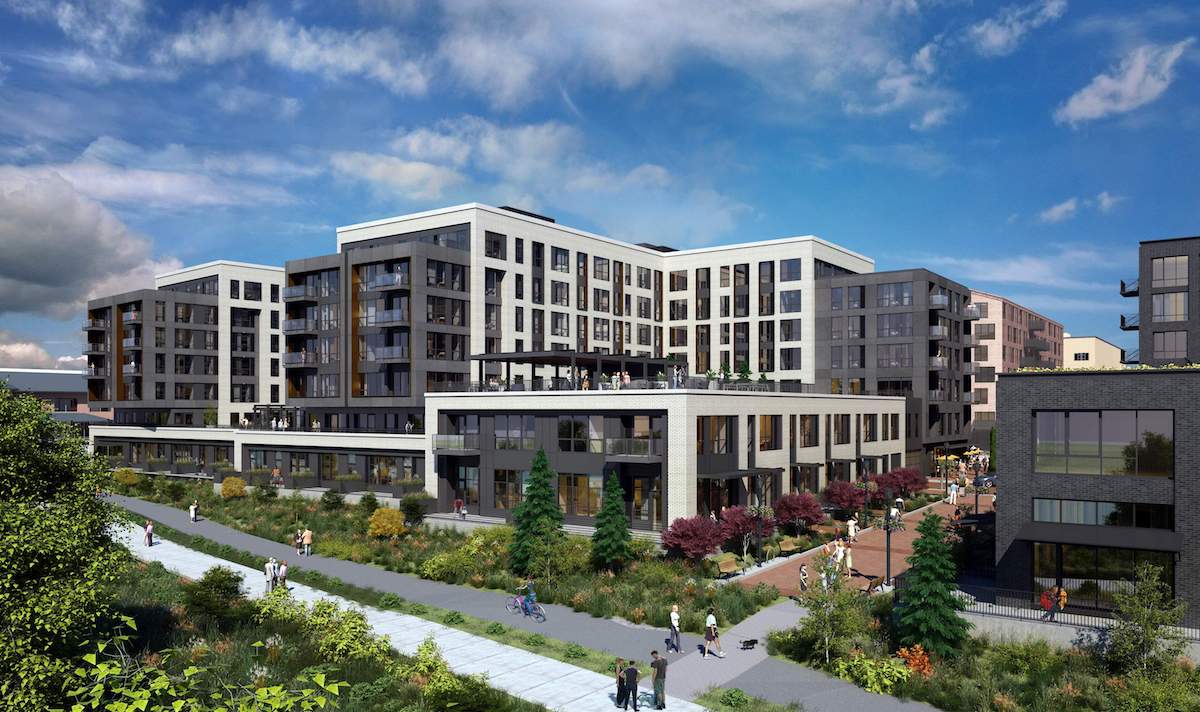
Primary materials for Block 44 include light and dark grey brick, grey fiber cement panels, vinyl windows, glass balconies, aluminum storefront and wood accents.
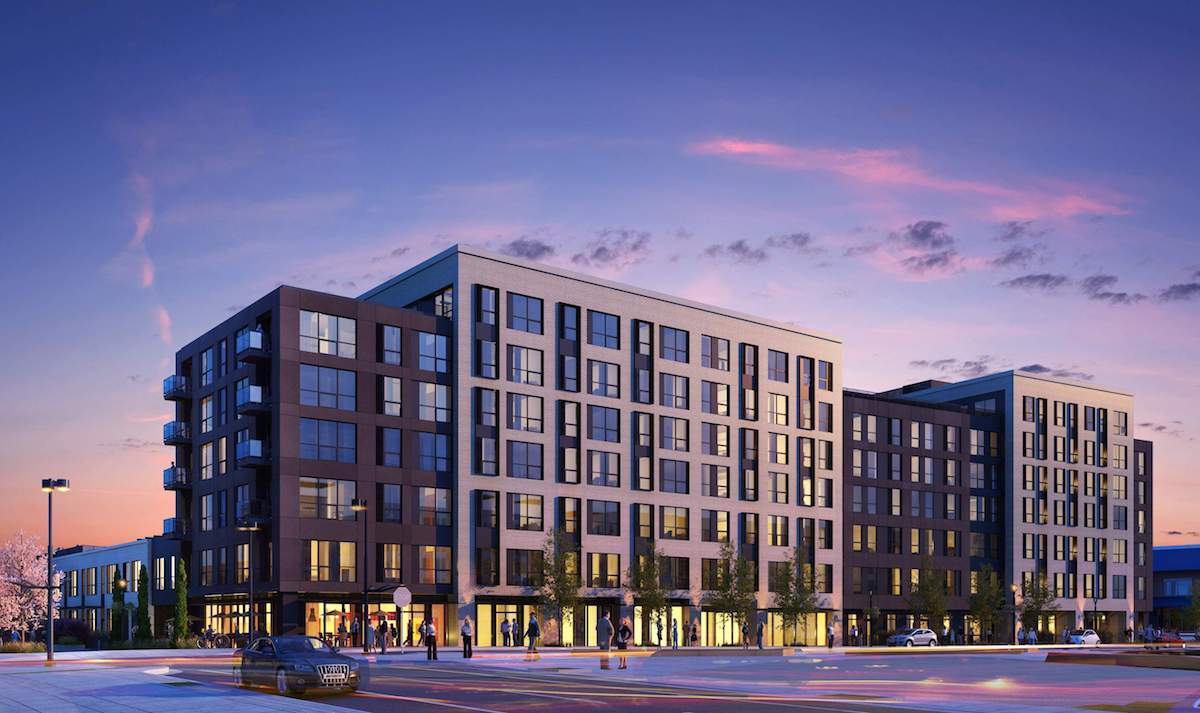
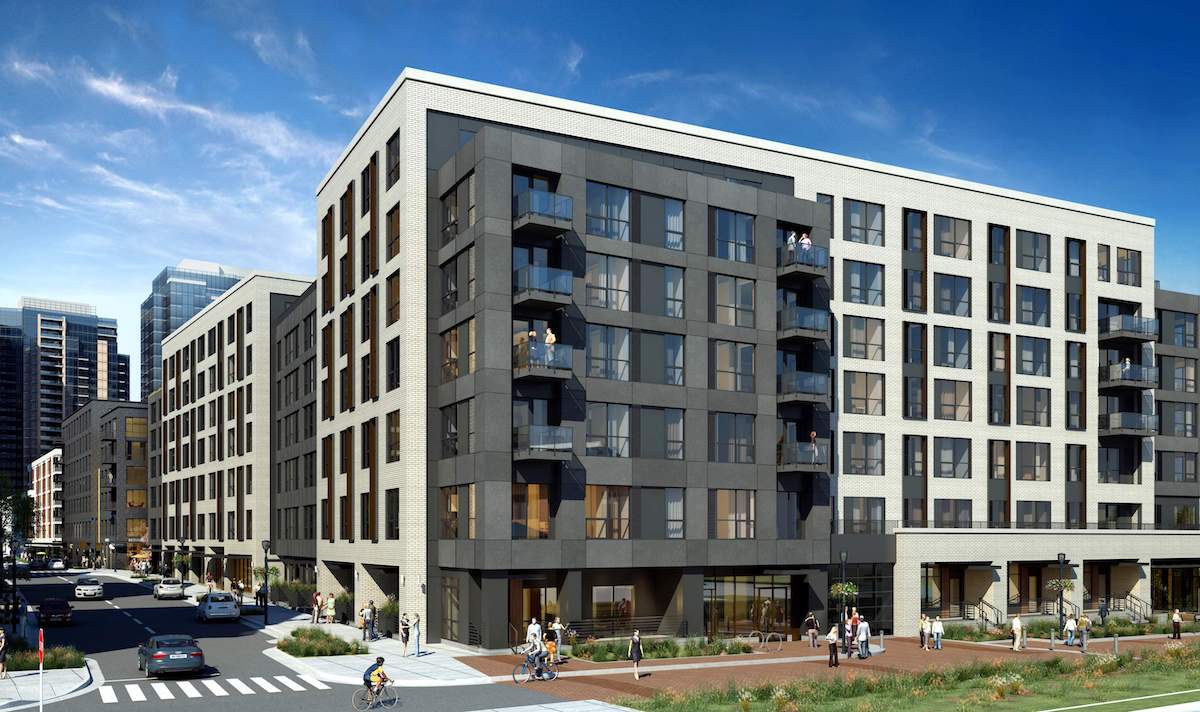
Blocks 41 and 44 were approved by the Design Commission at their second hearing, held on August 17th 2017. Building permits will need to be obtained before construction can begin on site.
Drawings
- Plan – Site
- Block 41 – Plan – Parking
- Block 41 – Plan – Ground
- Block 41 – Plan – Level 2
- Block 41 – Plan – Level 3
- Block 41 – Plan – Level 4
- Block 41 – Plan – Level 5
- Block 41 – Plan – Level 6
- Block 41 – Plan – Level 7
- Block 41 – Plan – Roof
- Block 41 – Section
- Block 41 – Elevations – North and West
- Block 41 – Elevation – East
- Block 41 – Elevation – South
- Block 41 – Elevations – Courtyard
- Block 41 – Elevations – Courtyard
- Block 44 – Plan – Parking
- Block 44 – Plan – Ground
- Block 44 – Plan – Level 2
- Block 44 – Plan – Level 3
- Block 44 – Plan – Levels 4 to 6
- Block 44 – Plan – Level 7
- Block 44 – Plan – Roof
- Block 44 – Section
- Block 44 – Elevation – East
- Block 44 – Elevation – West
- Block 44 – Elevation – North
- Block 44 – Elevation – South
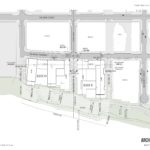
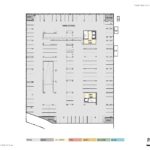
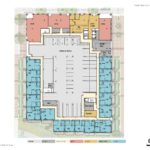
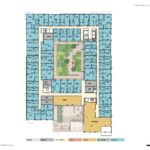
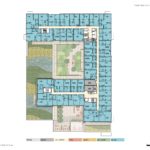
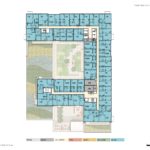
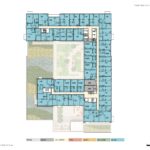
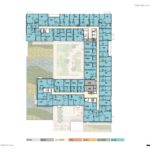
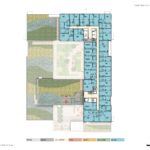
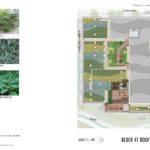
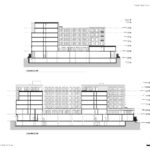
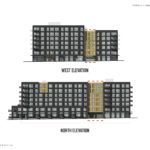
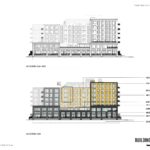
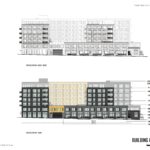
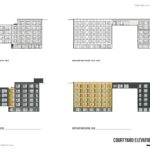
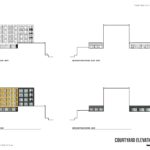
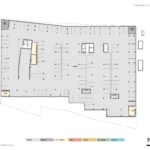
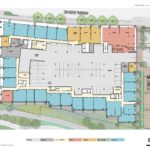
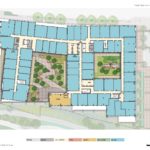
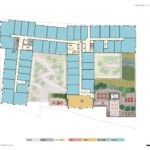
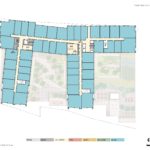
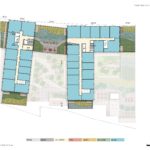
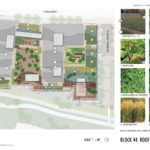
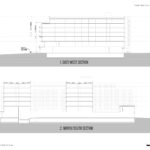
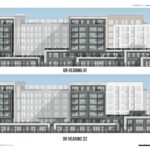
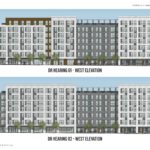
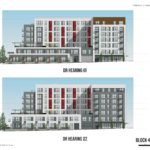
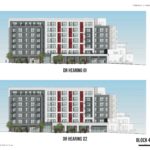
I really enjoy walking through this neighborhood; despite the increasingly-homogenous feel of the area, it’s still a great blend of urban density and quiet access to nature.
But I’m disappointed that the city is allowing developers to build massive amount of car infrastructure. Each new development has capacity to park 150-200 cars. There are only a few roads that enter or exit the whole district; I worry the vibe will be ruined by having too many cars packed into too few streets. The area is well-served by transit and is very walkable – what’s happening to Portland’s low-car, high-transit vision? It’s being chipped apart one block at a time.
Something I think too few people acknowledge is that – at least for now – most people who rarely drive still own a car, and that car needs to be stored somewhere while it’s not being driven. A parking space in a transit-dense area doesn’t translate directly to a user commuting by car to and from the building every single day. “Low car” should be clarified to “Low car use” so as not to be confused with “Low car ownership”
I’d love to see a study on car ownership vs. use in transit dense areas. For now, I can only speak from my own experience: I have a car that I use maybe once or twice a week, mostly for long trips out of town. I bike or bus to work, but my car still needs a parking space while I’m not using it.
I happily use ZipCar (there are other similar services) for when I want to take the occasional trip out of town. It’s really convenient and takes all the hassle out of ownership, and I find it ends up being much cheaper for the relatively rare time that I want a car. But it still gives me access, which I do value.
That’s great that Zipcar works for you.
I wasn’t really advocating for one thing or the other, just stating the cultural fact of the times: Independent of frequency of use, car ownership in the US is essentially ubiquitous. The way I see it, it’s a lot easier to create an environment that allows for conveniently car free mobility than it is to convince a huge portion of the population to give up ownership of their vehicles.
How privileged your life must be that you don’t need to shuttle the children and elderly adults in your family to appointments and jobs and events that public transportation does not reach. How wonderful for you that no one under your roof has a graveyard shift job in a location where buses aren’t running right before your shift starts. How lovely for you that you aren’t one of the many nurses, therapists, construction workers, or other service professionals making multiple visits to multiple client sites or homes throughout a single work day, multiple times per week. Your privilege does not erase the burdens other people face, though I’m sure it’s hard for you to see others while sitting all the way up on that high horse.
A large number of people may require a car for the reasons you describe. That being said, it isn’t everyone, especially not in this location.
Your attitude seems out of proportion to the point being made. Sheesh!
Wow, that was condescending.
You hit the nail on the head here. Especially with the numerous outdoor recreational opportunities in our region, car ownership is still highly desirable. I currently walk to my work and when I lived further from my employer I spent many years commuting by bike. But I purchased a car several years ago and now use it almost exclusively for trips out to the coast or the national forest on my days off.
My thoughts and concerns are as follows: I do not own a car, when I moved downtown 7 months ago, I sold my car and cancelled my insurance and with not paying for gas or repairs. I have added about $175.00 in Extra income a month.Hooray! I never though thought of what if I want to go to the coast?? I guess their would be transportation going there 🙂 I take Amtrak often to and from Seattle.
My Question also that I do not understand and maybe someone would Clarify for me? I keep hearing that if Developers build more then 20 units in their buildings, they have to have so many units available for Affordable housing, correct??? So what does that mean and what are they saying when they say affordable?
I think this is confusing to many people/Or many People do/or have ever heard that this was available. I live in a Building that 90% of their units are Low Income! And about 10% are offered to Veterans or Fair Market Rentals. I also HEAR so much about getting the Homeless of the streets and into housing?? But how is this problem being handled? I would love to live in the South Waterfront myself, as it is Quiet, Clean. Close to Water and the Streetcar, but how do I get into any of these buildings? I have gone to 2 building down there, that are not Condominiums and both buildings told me that they do not Have anything available in those area’s? WHAT? Or that they did not know as the companies that they work for never explained any of this to them. As a citizen of this City and State, could someone explain to me the Qualifications on how I could move into one or any of these buildings? How do I Qualify? Also I keep hearing about Low Income, Subsidized housing and Affordable Housing? It is all very confusing to me? I waited for 2 years to get into my building and will eventually like to move somewhere else someday. So please help me to Understand, Then I can pass the information on to other Friends, so that they have the proper information. Thank you in Advance and apologize for my above bad Grammar and punctuation 🙁 But Thank you for Reading 🙂
Josh:
Greater than 20 units in a new building = new development proposals tied to an incentive metric that is spelled out by Portland Housing Bureau (PHB). Basically a graduated percentage of proposed units will be ‘rent capped’ to be affordable to people making 80%, 60% or even 30% of Average Median Income (Avg. in 2016 was $52K for an individual, and $73K total for a family of 4). Check your AMI status here: https://www.portlandoregon.gov/phb/74848
The percentage of each new project that will have capped rents, varies from 10% of units all the way up to 35% depending on what is proposed. In most cases its likely going to be 10-20% of each new project.
PHB considers ‘affordable’ as not spending more than 30% of before tax family income on housing, including utilities. New building owners have the option to choose which income bracket they want to serve, and each option has city incentives designed to help offset the loss of revenue from what the free market would allow them to set rent prices.
Right now, new project proposals have slowed down considerably, because the incentives offered have in many cases not been enough to offset the revenue losses. To the point of making the projects in-viable to interested property investors/banks. It will get better, but its not a fast fix. Typically Portland has been seeing 5-6000 new units a year. For 2017, only 600 were proposed from January to August. Keep in mind these proposals would take time to be approved much less built. So what you are seeing under construction now, were first proposed for city approval 1 to 3 years ago.
I think i have that pretty close to accurate. Its’ complicated, and I did my best to distill. Always good to head here for info on rent help, etc. https://www.portlandoregon.gov/phb/
how many buildings have been approved and haven’t been built? Maybe just maybe the economics of what they need to charge for rent to build them just ins’t penciling out either?
In most cases you wont get as far in the process as the approval. They die way before that. Developers don’t spend a few years and a few million dollars in soft costs (design/legal/land carrying costs) when they know the numbers are not close to working. Costing exercises start at the very beginning of the process. Way before pursuing entitlement approval from the city.
What happened to the towers? Why so many low rises in a district touted for its slender point towers?
This place looks like a wannabe pearl district. The Portland greater area is having so many people move here and with the housing prices skyrockets the least you could do is build up and not waste land with freaking 6 story blocks..
This area is terrible
Cost. Too expensive to go tall. radically so, since the district was envisioned. Also I’m reasonably confident that they are getting close to max density allowed with the low rises. Not saying it’s ‘better’ just saying the unit counts are close to the same.
We build an area where you have to make at least $100,000 a year to rent and then expect these same people who can easily afford to own a car, pay to park etc and then still expect them to get onto the public transit with the homeless and double their commute time?
By not owning a car, over the last 9 years I’ve saved a tremendous amount of money that allowed me to buy a house. I much prefer to take public transportation so I can read, work, etc on the bus or MAX. There are a lot of people who would prefer to take public transportation for the convenience and huge financial savings.
The trend in the last few years have shown that these things turn into AIRBNBs as it happened to The O|8 Townhome. How do we know these aren’t going to become substantially Vacesa, Airbnb, Turnkey, FlipKey motels?
Judging from a ‘mock-up’ of the South Waterfront that was displayed years ago at the Discovery Center–it is obvious that the master plan provided that the high-rise buildings would be at the north end fading to lower rise toward the south Spaghetti Factory end. I understand that the steel/glass buildings are quite beautiful, but come on over here now that OHSU is filling in two more blocks with medium rise. It is claustrophobic. I can’t imagine how boxed in it would be if these last four blocks were built any taller. And as has been mentioned here, these low rise buildings actually will provide more density than the towers at the Meriwether. Unfortunately the proposed buildings for Blocks 41 and 44 look straight off the Embarcadero in SF. Just as in SF, these buildings could be better designed–but it’s all about saving a buck nowadays–forsaking good design. That’s the disappointment here. Low-rise can show innovation in design–but it doesn’t look like it’s going to happen here at SOWA. BUT–regardless–looking out at mediocre buildings beats a big dirt field. It will be nice to have this area completed. I have hope that Jay Zidell will be pulling off some magic up at his end.